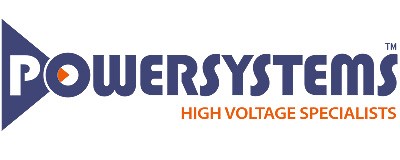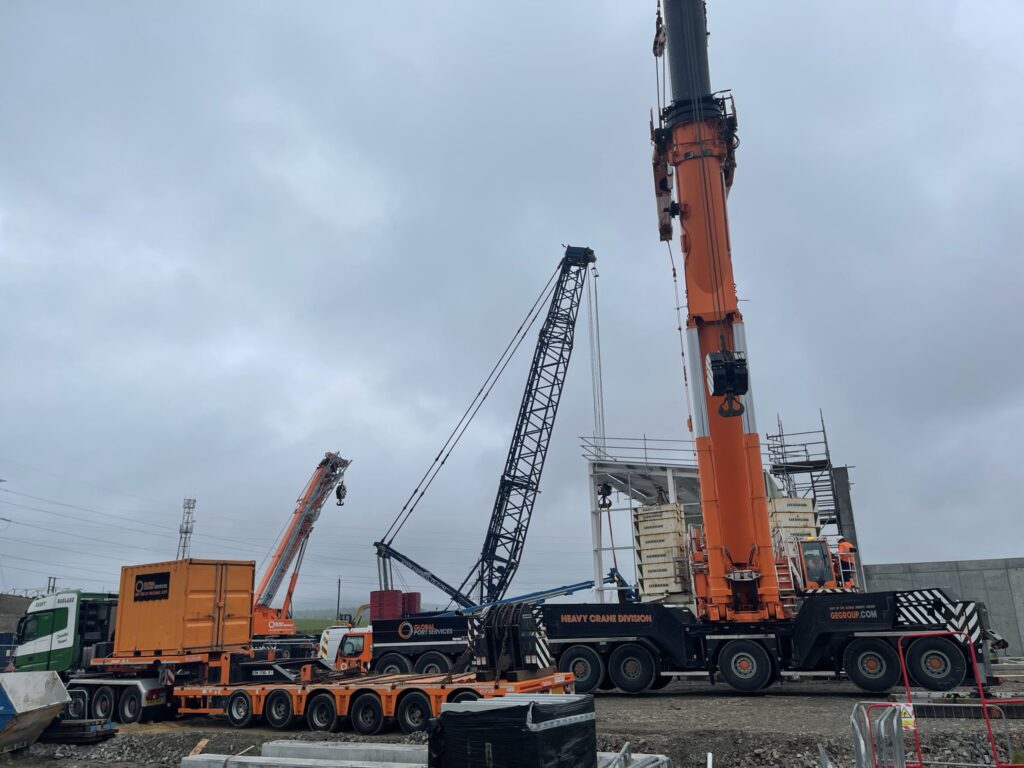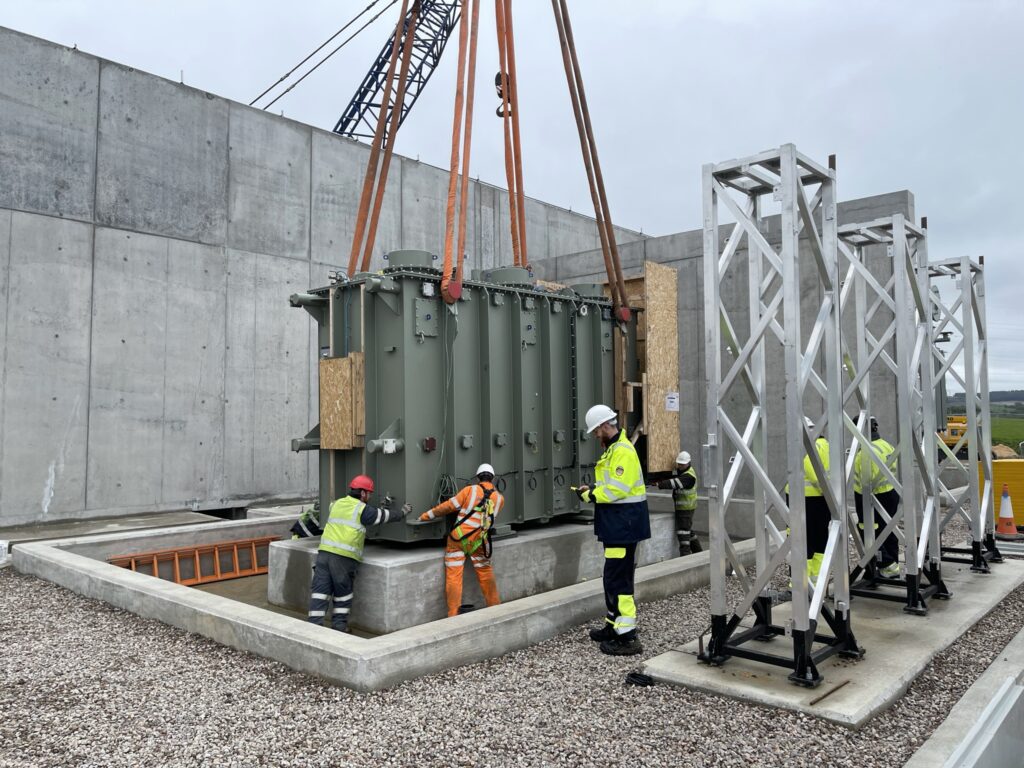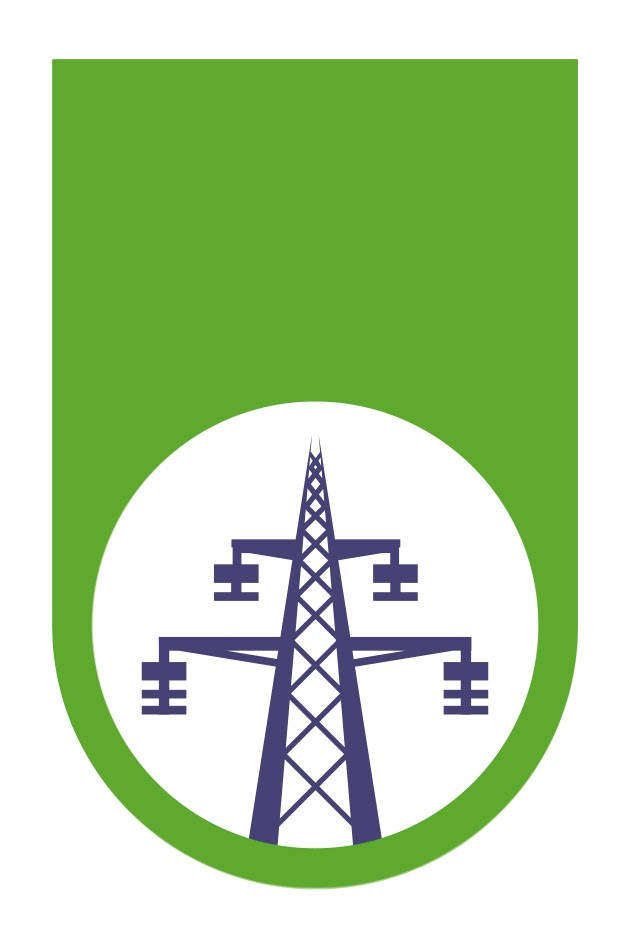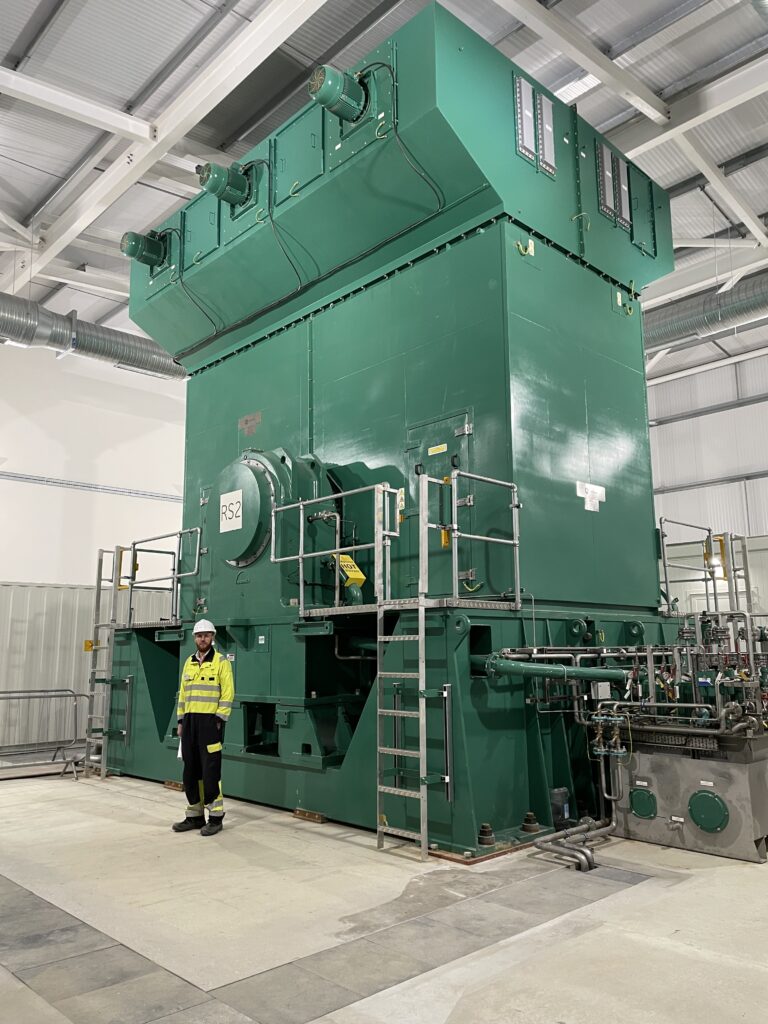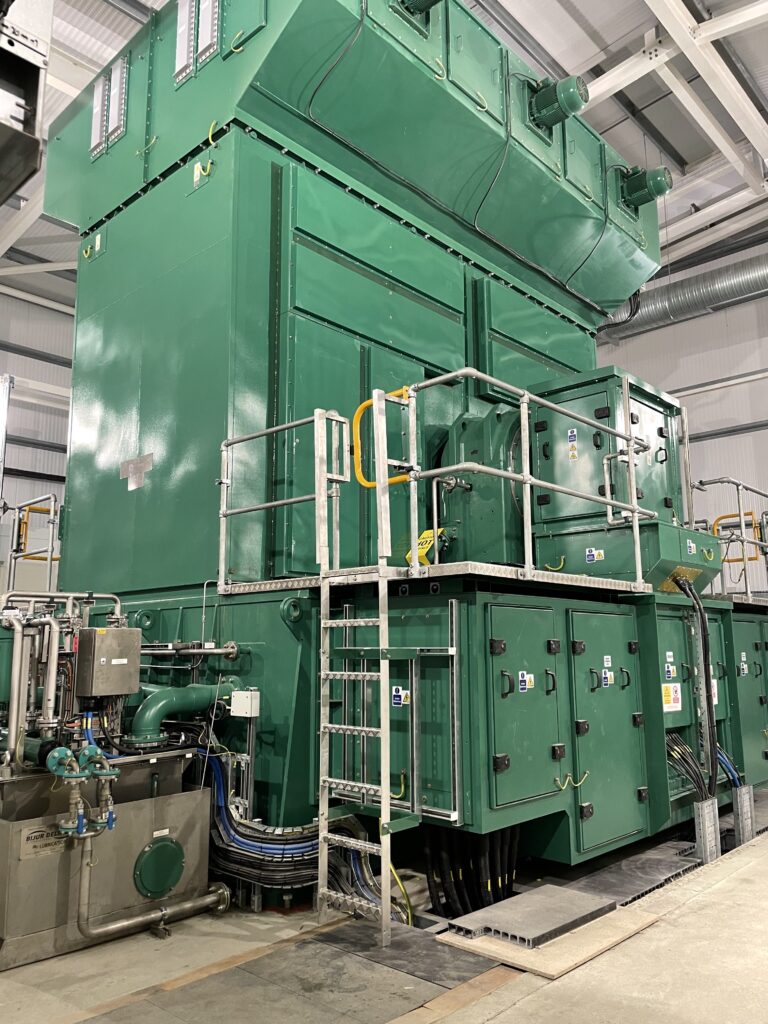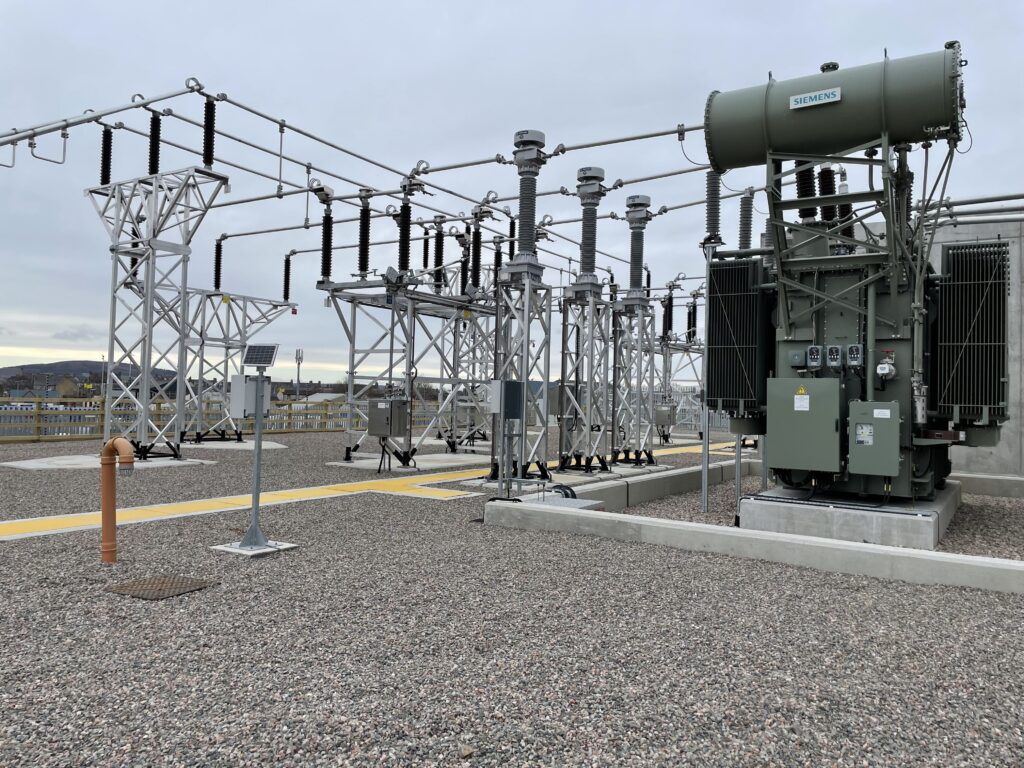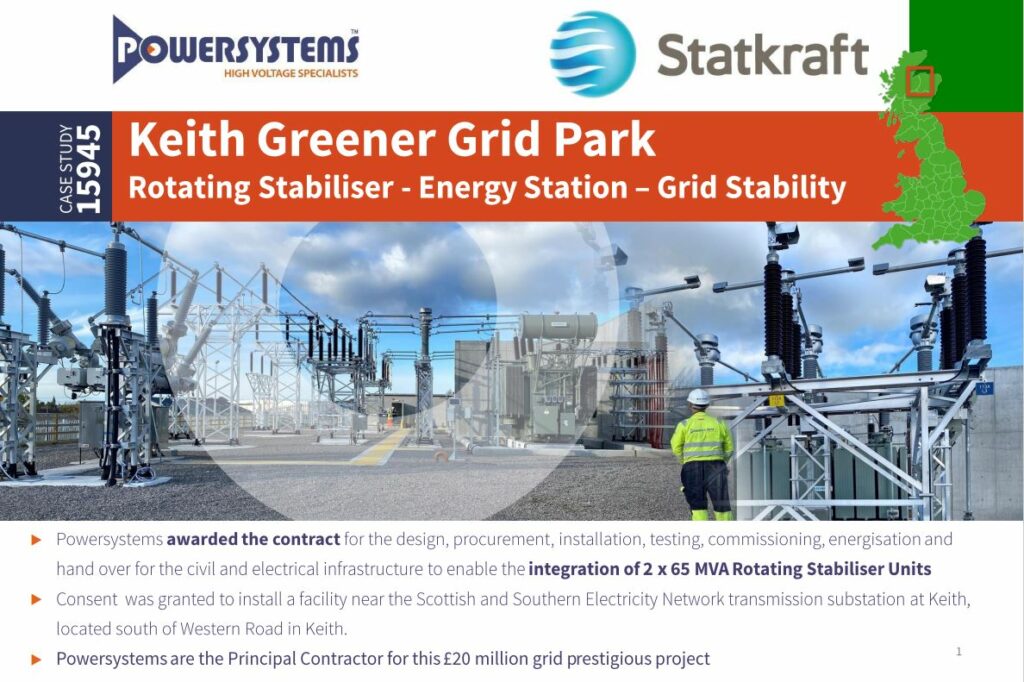Get started, planning your Rotating Stabiliser project with Powersystems
Building a Greener Grid Park with Rotating Stabilisers is a large project that requires teams of specialists to handle the many aspects of the project – from conception planning to implementation.
Speak with one of our high voltage Electrical Engineering Specialists today.

